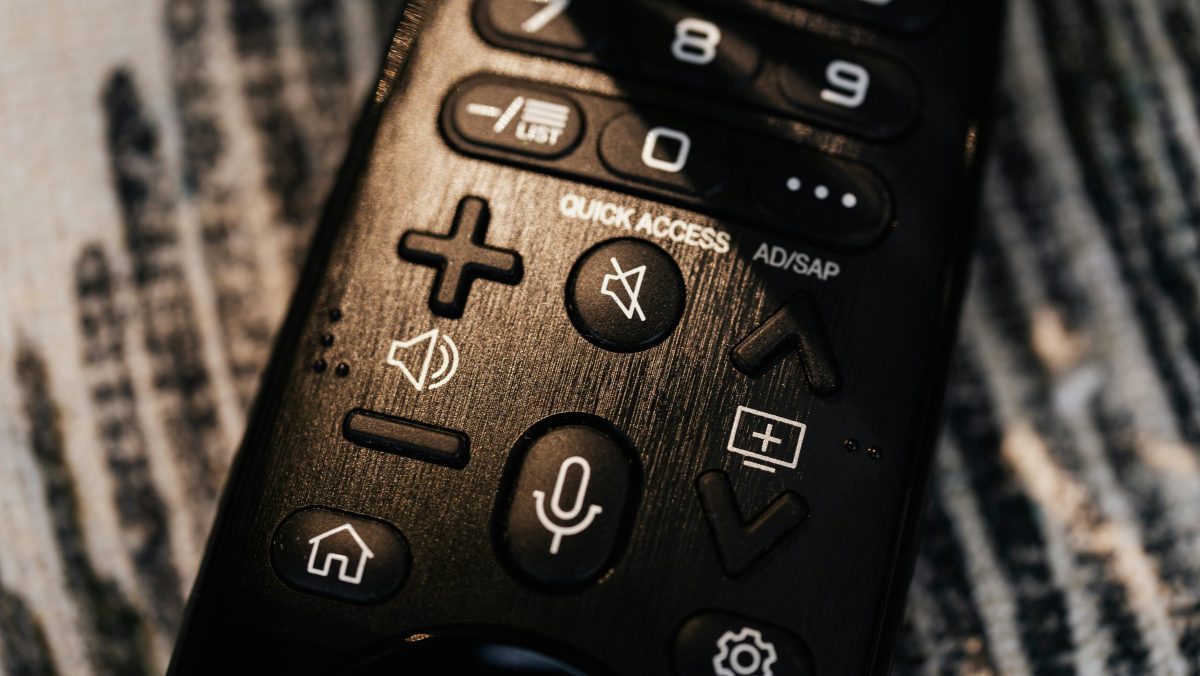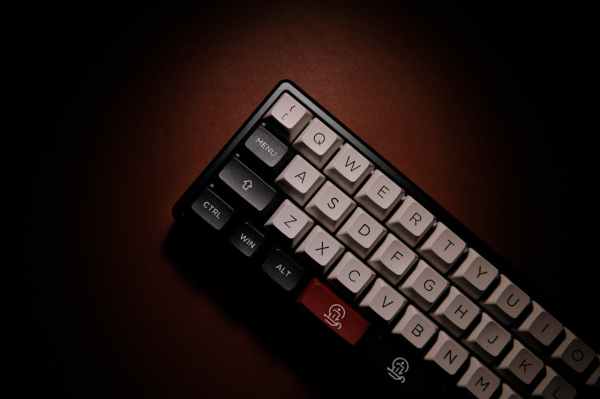Television continues to be one of the universal meeting points, which is why it is essential that services are prepared to offer experiences that are accessible to everyone.
Today, in the television sector, we are beginning to see advances in accessibility, such as clearer access to assistive technologies, more intuitive navigation, more natural voice language in the case of screen readers—as if a companion were guiding the exploration—and a certain degree of personalisation in the experience. These are valuable steps, but they are still insufficient.
The real challenge is not only to comply with regulations, but to go further: to open new windows to more inclusive experiences that allow us to imagine a truly innovative future for everyone. This means thinking about accessible services from the very beginning—from the moment a person discovers the product to every interaction they have with it, on any device—and designing experiences that are consistent in all their dimensions: interaction, architecture, content, and personalisation. Only then can television rise to a standard of excellence shared by all people.
The challenges of accessibility in television
When we talk about television, we are talking about an interface and navigation that are very different from a website or application, and this requires a different approach when it comes to its design and approach.
European regulations already stipulate that a service must be usable without sight, hearing, speech or manual dexterity, and must be understandable to people with cognitive diversity. This translates into quality subtitles and descriptions, well-integrated audio description, controls that do not depend on precision, clear interfaces for all ages, and content that does not pose health risks, such as photosensitive epilepsy episodes, among others.
Furthermore, television does not have navigation structures as clear as a sitemap on the web or a rotor in apps. That is why the challenge is to provide more context without overwhelming, creating a narrator that accompanies the user step by step and can be customised. At the same time, the experience must be consistent, capable of starting on another device and continuing on the television with the same fluidity.
In short, accessibility on television is not limited to one specific aspect: it covers all fronts to ensure that the service is safe, understandable and usable from the outset, and that it remains a top-quality product for everyone.
In my experience, accessibility on television requires working with a comprehensive view that ranges from the broadest to the most detailed. It all starts with a vision for the future: where we want to take the service and how we imagine the inclusive entertainment experience should be. That vision translates into clear user journeys, screens that guide naturally, and components designed in detail that fit together like pieces of a puzzle. Only in this way can we build more stable and coherent services, capable of responding to the real diversity of those who use them, from the first interactions to the most atomic level of design.
The impact of accessibility on television
As a designer, I have always been clear that design is not only a tool for creating products, but also for transforming experiences and opening up spaces for integration. The issues of inclusion, ethics and systemic vision have always been at the centre of my work, both in my professional career and in my outreach and teaching work.
Television, in that sense, has a unique dimension: it is a meeting point, a place for social conversation, intimate company with family or friends. Even when consumed alone, it is a window for communication, entertainment and information. That is why making it accessible is not a technical detail, it is ensuring that this shared space is fair and equal for everyone.
When accessibility is integrated into television, it not only improves the experience, it also broadens who can participate in it. For many people, television is the main window to leisure, culture or information. If a service is not accessible, that door slams shut.
Inclusion in television means that a person without vision can navigate a menu and choose a series, that someone with reduced mobility can operate the remote control without millimetre precision, or that someone who cannot hear can follow a programme thanks to clear and well-synchronised subtitles. These are everyday situations that make the difference between being included or excluded.
But the impact goes beyond the functional. Ensuring accessibility means ensuring that everyone can be part of that social conversation and share those collective moments that continue to shape our daily lives.
Furthermore, designing for diversity does not fragment the experience: it makes it more fluid for everyone. More natural voice guidance benefits those who use a screen reader, but it also provides clarity for any user in a complex environment. More consistent navigation helps people with cognitive diversity, but also those who are tired at the end of the day and want to find something quickly.
Accessibility in television means ensuring that a universal medium truly remains accessible to everyone.
Inclusive personalisation, now with artificial intelligence
Accessibility in television also opens the door to personalisation. Not because there are ‘accessible’ profiles as opposed to others that are not — that division should never exist — but because no two people are alike and no two contexts of use are identical. Every service must be prepared to adapt to each individual user.
The settings that currently allow you to adjust the reading speed or prioritise certain information are just the beginning. Artificial intelligence will add new possibilities for personalisation, always complementing research with real users, never replacing it. Its value lies in helping us explore intermediate scenarios that allow us to design more flexible services throughout the audiovisual ecosystem.
Artificial intelligence will never replace research with real users, but it can help us explore those intermediate points that we cannot reach today and that open up new ways of designing.
A long-term strategy towards an inclusive future
The path to accessibility in television is still young and constantly evolving. In this context, our responsibility is not to settle for minimal adjustments, but to maintain a strategy that integrates accessibility into the architecture of services from the outset and maintains it consistently across all devices.
This approach allows us to design cross-device experiences, where television, mobile and desktop share the same accessible language. Thus, each advance in one channel reinforces the rest and consolidates a more consistent and robust ecosystem.
Accessibility is also a strategic commitment: it is not a one-off project, but a sustained effort over time. It is a long-distance race that drives innovation, opens up new forms of interaction and ensures that every step forward builds a more inclusive future.
Accessibility is not an isolated adjustment, but a continuous journey that transforms the way we design and the future we share.








